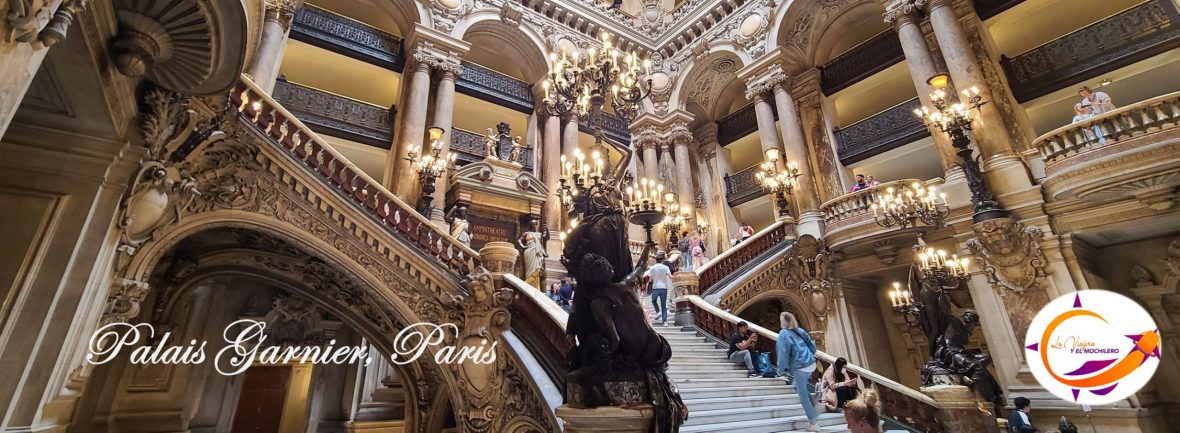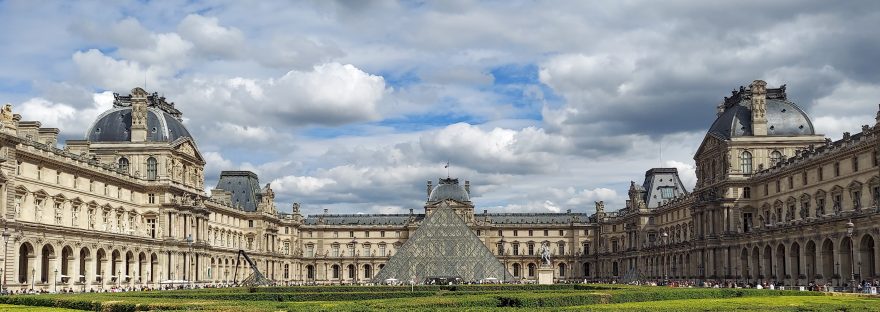Open to the public since 1793, the Louvre Museum was the first museum in history to place private collections of the French aristocracy and monarchy in a gallery accessible and enjoyable to the public. This made it a model to be imitated by several museums.
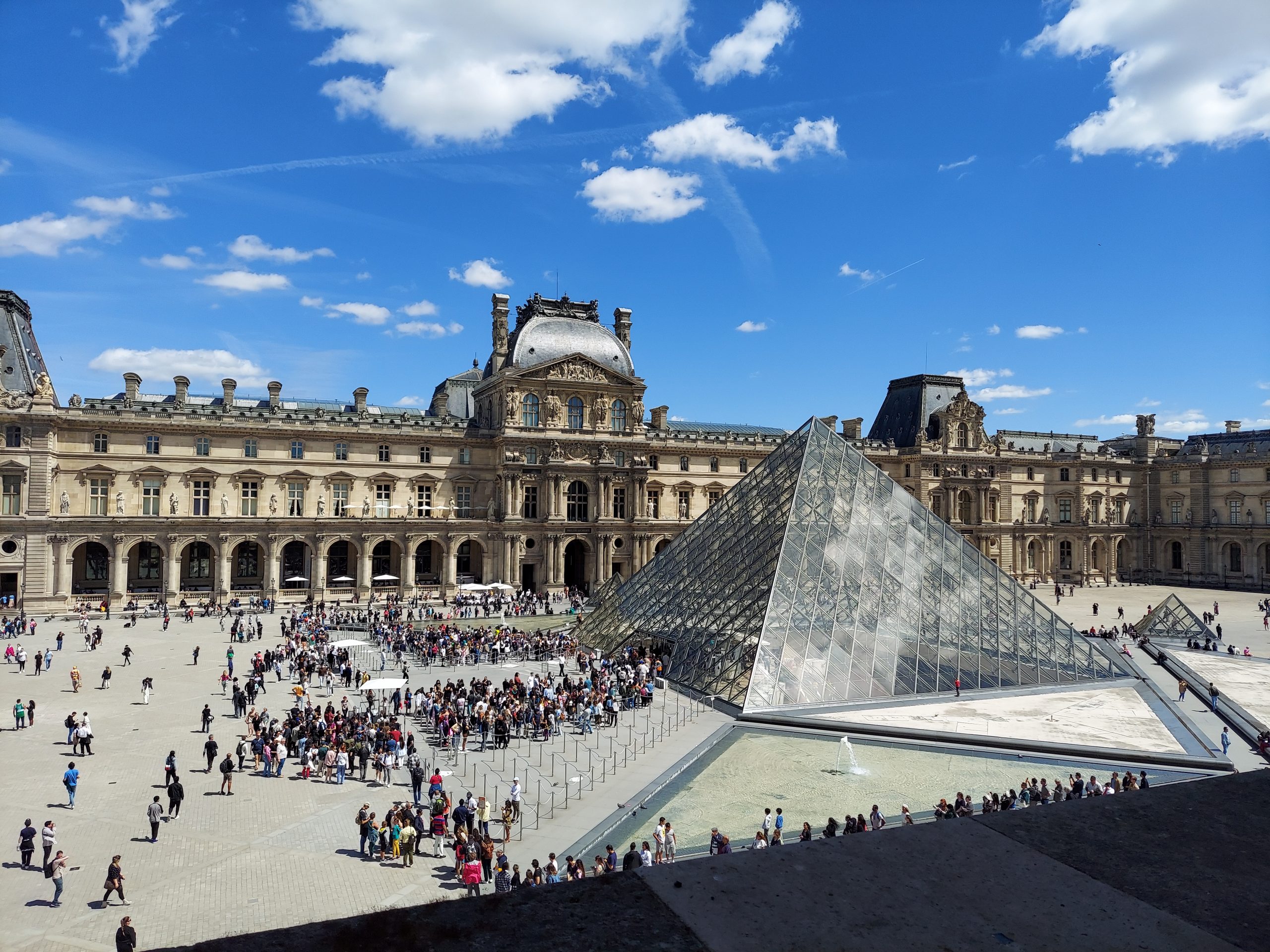
The Château du Louvre, which was later converted into a royal palace, is the building we know today as a large museum. Its origins date back to the 12th century, and then over time Renaissance-style extensions were worked on and later, other styles were integrated. Since the 14th century, French monarchs showed their fondness for acquiring works of art. However, it was the queen consort Catherine de Medici who drew up the project that made the Louvre the great structure it is today. Henry IV gave it continuity after the wars of religion, related to the civil clashes that developed in the kingdom of France and the kingdom of Navarre during the second half of the 16th century.
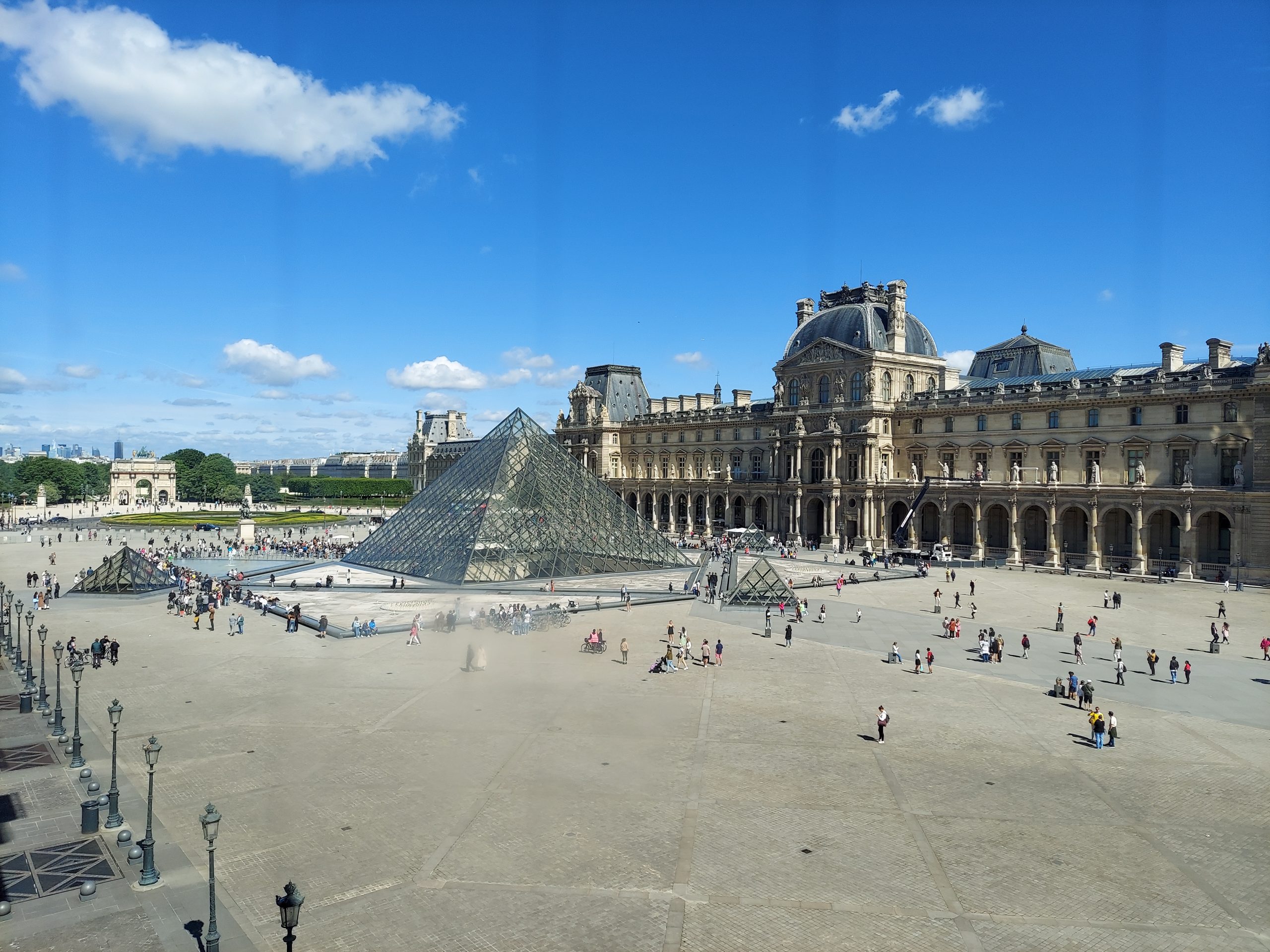
With the construction of the Palace of Versailles, the Louvre Palace was vacated by the royal family at the end of the 17th century. Already in the 18th century, the French Academy, and later other academies, were established in the Louvre. Thus it was that annual exhibitions of the Royal Academy of Painting and Sculpture were held in the palace.
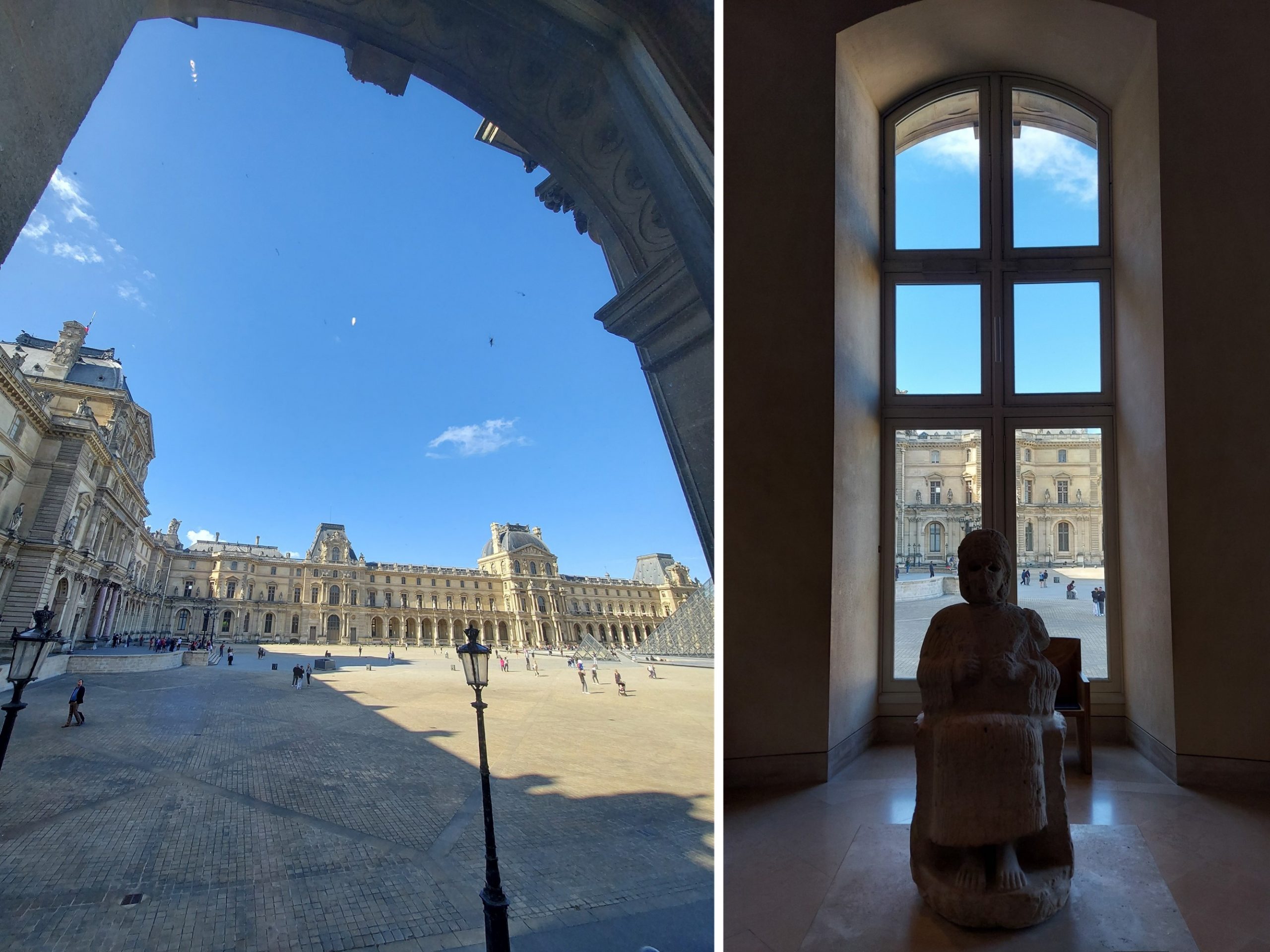
In 1803, when Napoleon Bonaparte was still consul, the site changed its name to the Napoleon Museum. This came about as a result of the Napoleonic Wars, when the Louvre’s collections increased considerably, as the armies seized works from invaded countries. Although some of these works had to be returned when the Napoleonic regime fell, other very important works remained in the Louvre.
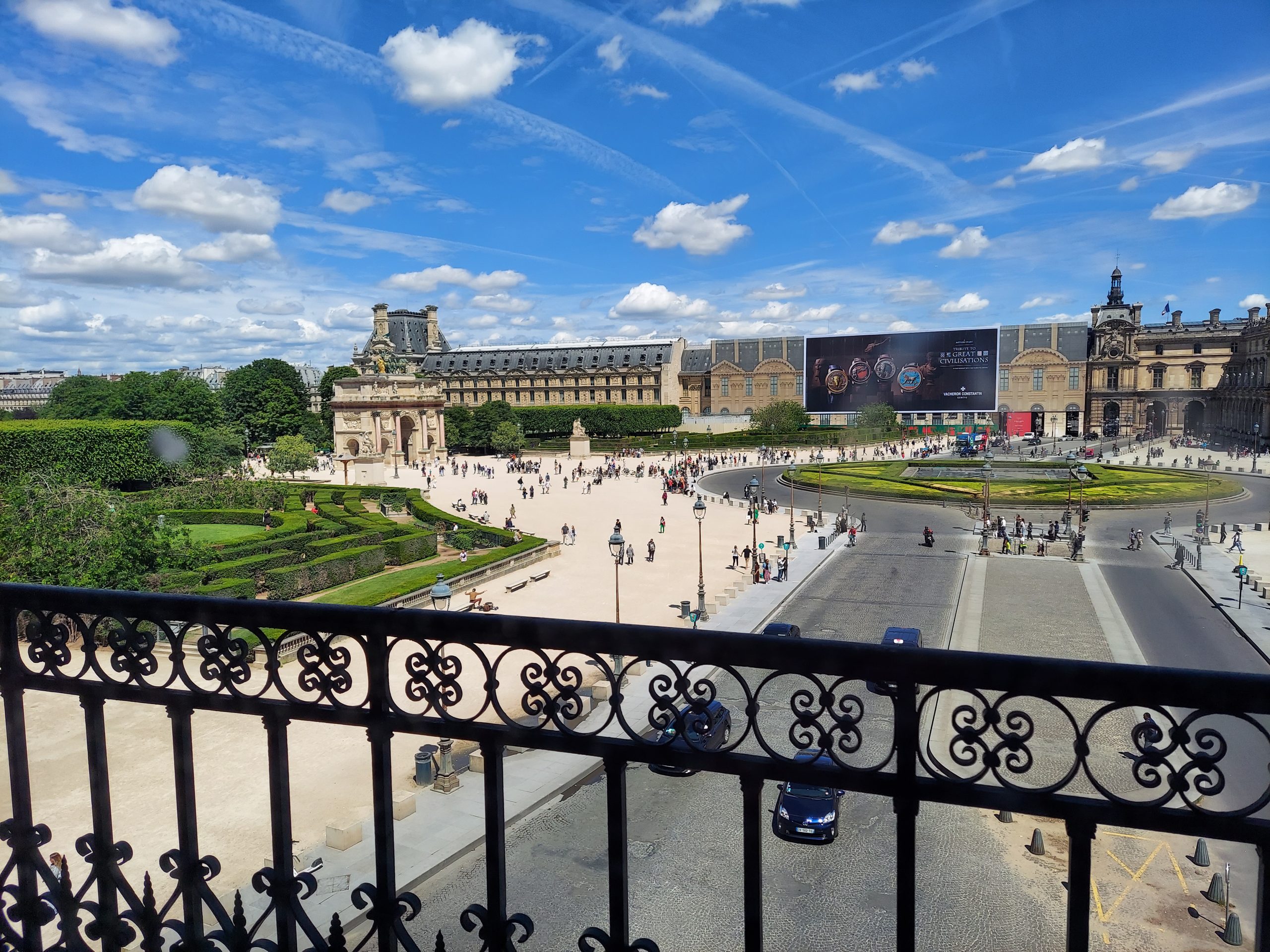
Until 1870, the Louvre building was united with the Tuileries Palace or the Palace of the Theurgies, forming a single ensemble. This was so, until the Tuileries Palace was destroyed and its artistic treasures were lost in the fire caused by the events of the Paris Commune after the Franco-Prussian war. Its ruins were demolished and thus remained the Louvre Palace dominating the large park opened on the site.
The museum, whose halls and corridors represent a route of several kilometers, was subjected in the 1980s to a modernization, an initiative presented by the President of the French Republic at that time, François Mitterrand. The most visible element of the project, known as “Le Grand Louvre”, was the glass pyramid designed by architect Ieoh Ming Pei and inaugurated in 1989. Its purpose was to centralize access for visitors, who descend through the pyramid to a subway hall leading to the various rooms of the museum.
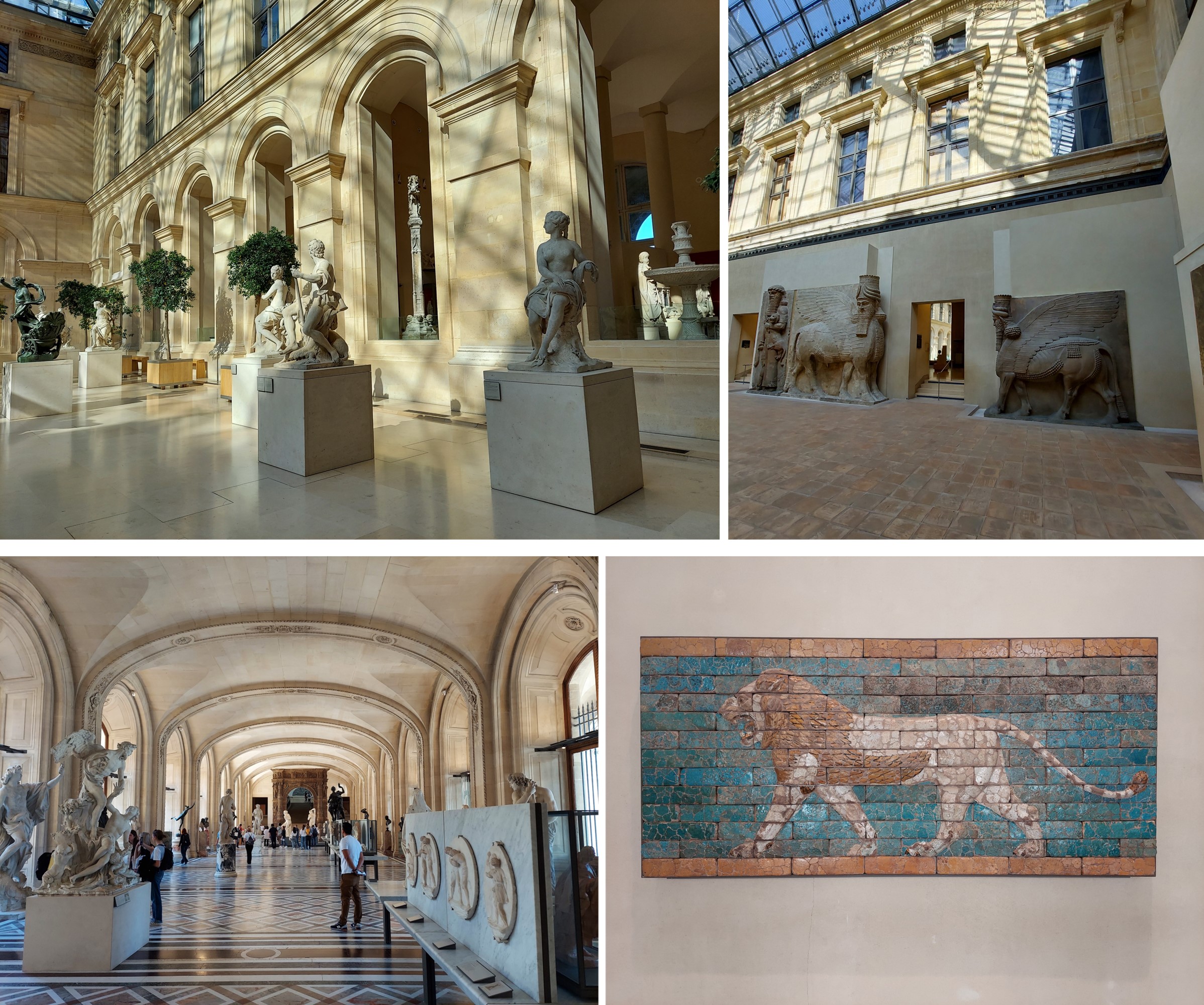
The Louvre Museum in Paris displays works of art from before 1848, more specifically, before Impressionism. The collections are spread over five floors and three interlocking wings. The Louvre Museum contains more than 380,000 objects and displays 35,000 works of art in eight departments: Egyptian Antiquities; Near Eastern Antiquities; rooms dedicated to Greek, Etruscan and Roman; Arts of Islam; Sculpture; Decorative Arts; Painting; Prints and Drawings.
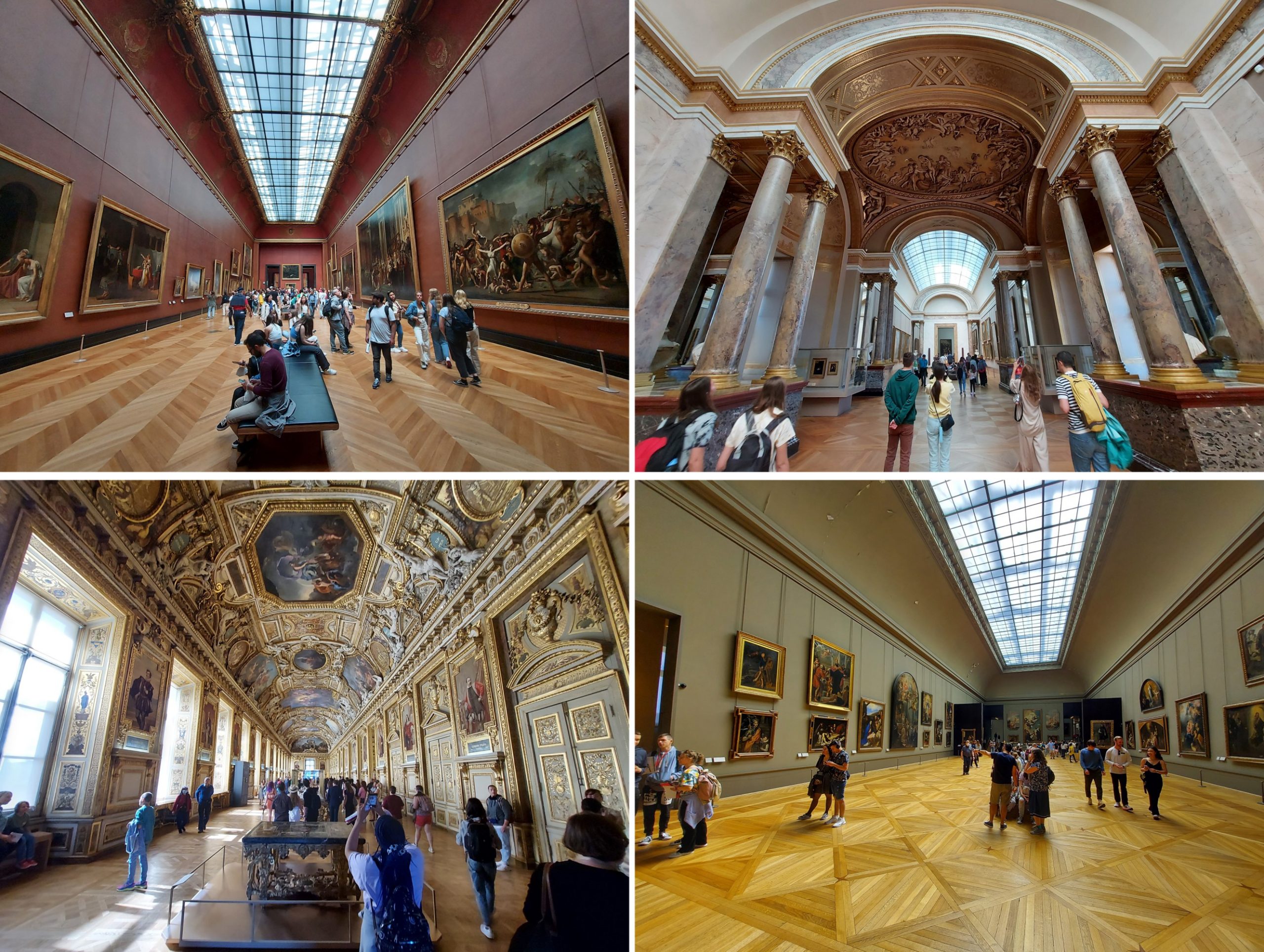
It is practically impossible to visit the Louvre Museum in a single day. For this reason, it is necessary to make a meticulous selection of the works, according to the time that will be invested in the visit. In addition, it is helpful to study the museum map in advance and note down the rooms where the works you wish to visit are located.
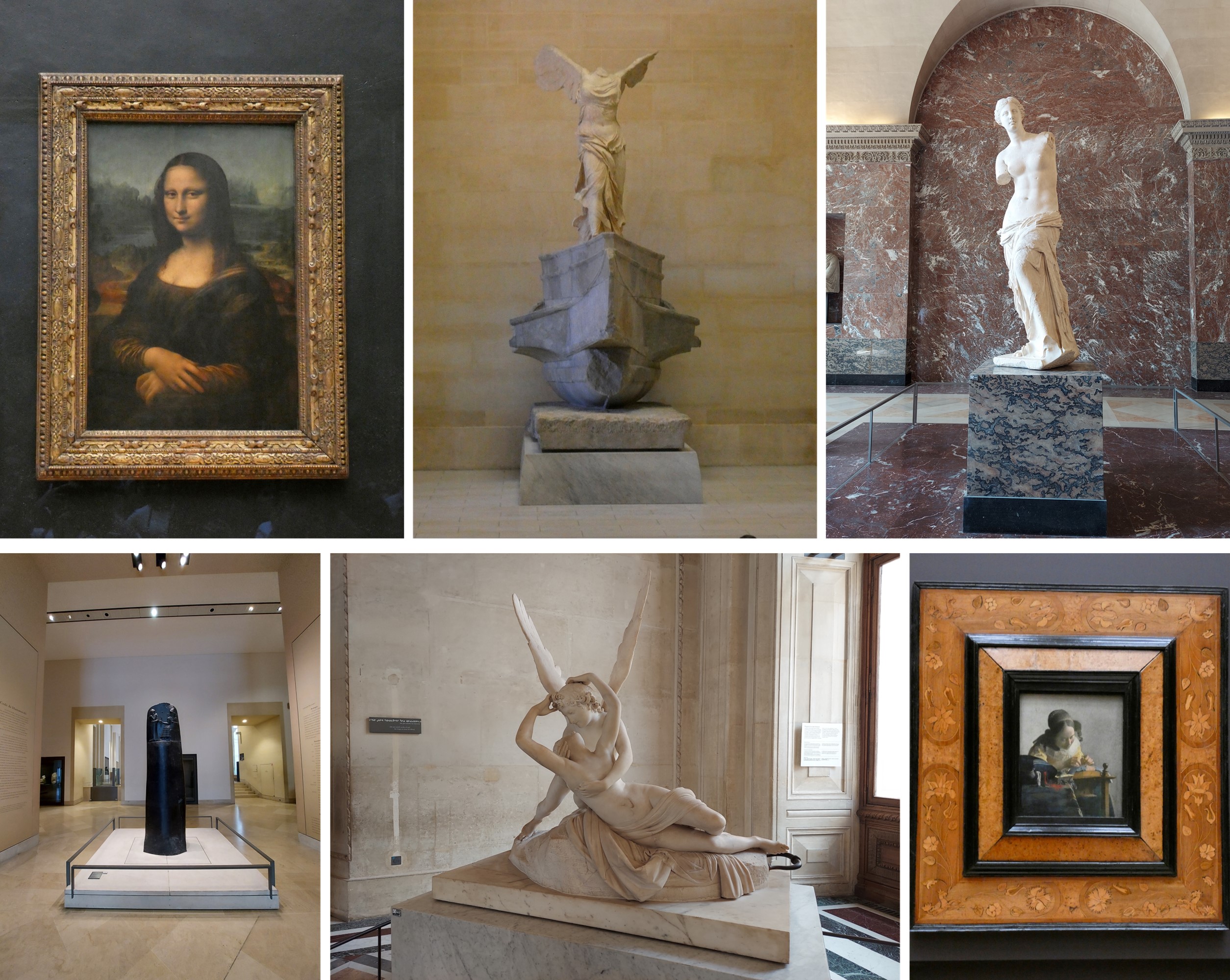
We devoted close to six hours to the Louvre Museum and pre-selected in advance about 25 works, including: Leonardo Da Vinci’s Mona Lisa; The Winged Victory and the Venus de Milo, both belonging to the Hellenistic period of Greek sculpture; the Babylonian Code of Hammurabi; neoclassical works such as Psyche reanimated by the kiss of love; Vermeer’s famous painting of The Lacemaker; Man with Wings and a Bull’s Head; Hermaphrodite Sleeping; Géricault’s Raft of the Medusa; Delacroix’s Liberty Leading the People; Napoleon I’s Coronation; Ingres’ The Great Odelisk.
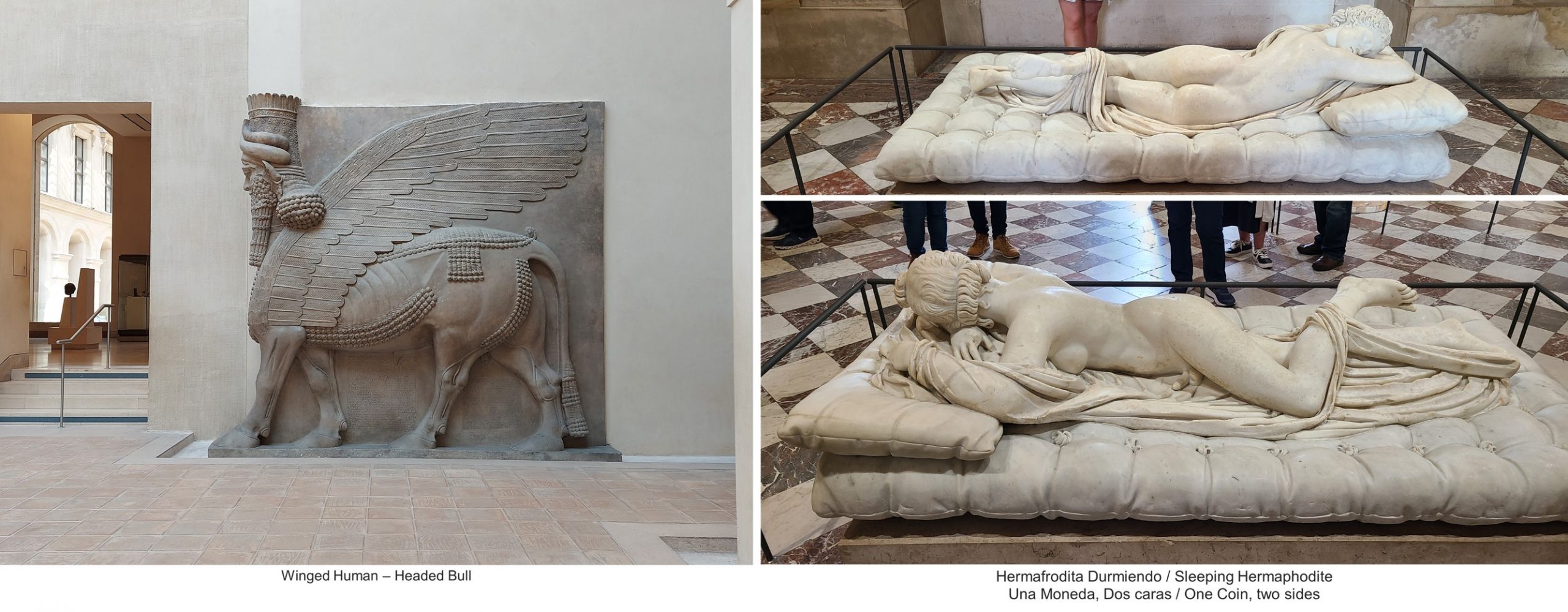
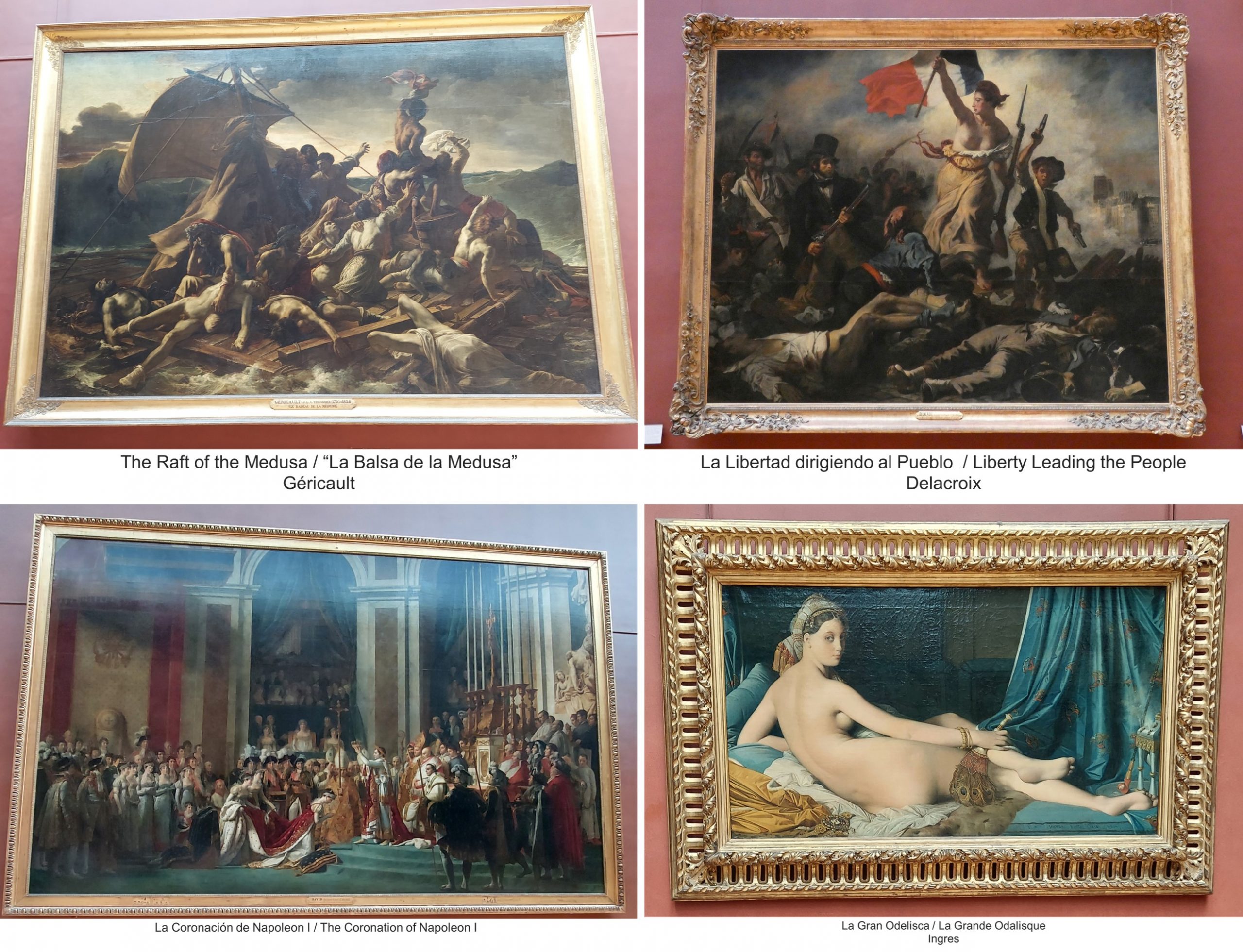
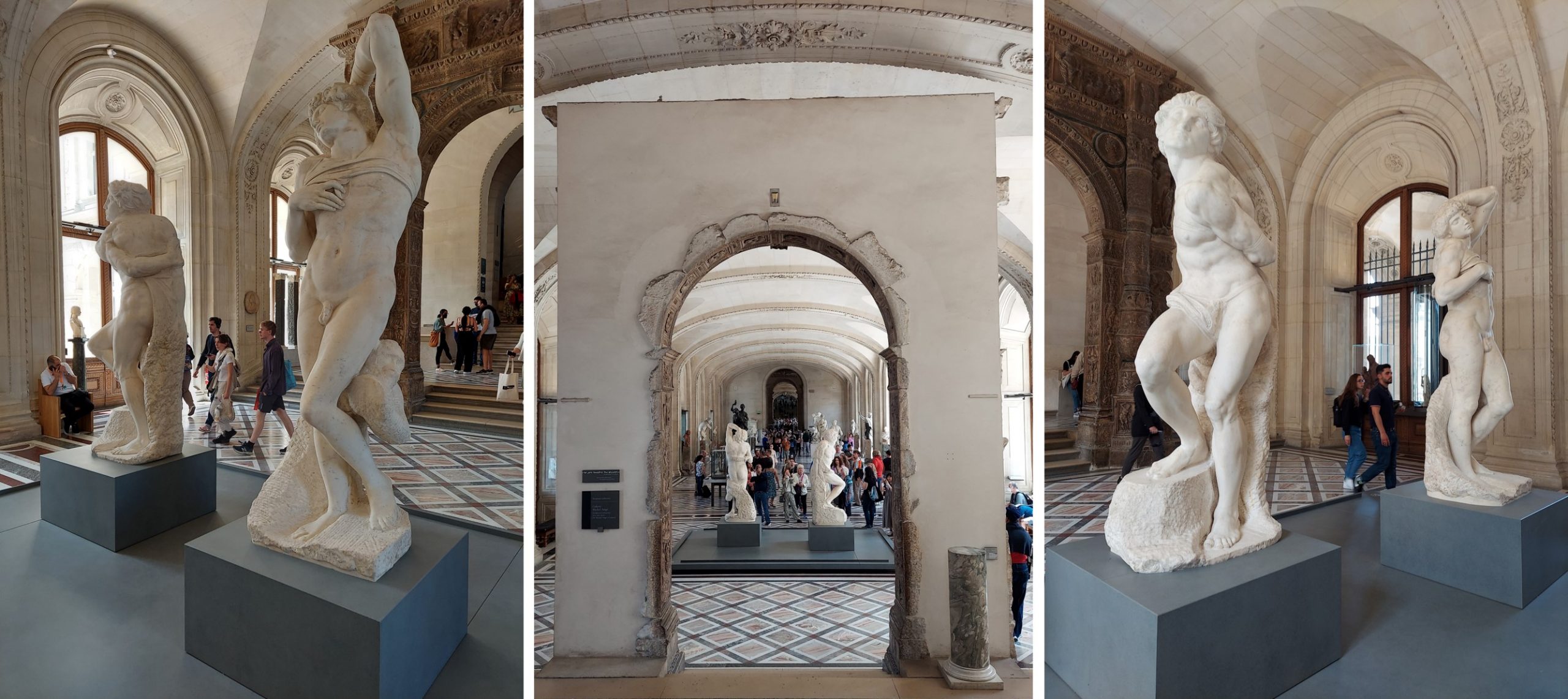
We must highlight two marble sculptures by Michelangelo Buonarroti that were added in recent times to the collection of the Louvre Museum, they are “The Rebel Slave” and “The Dying Slave”. Both works were created between 1513 and 1515 for the tomb of Pope Julius II.
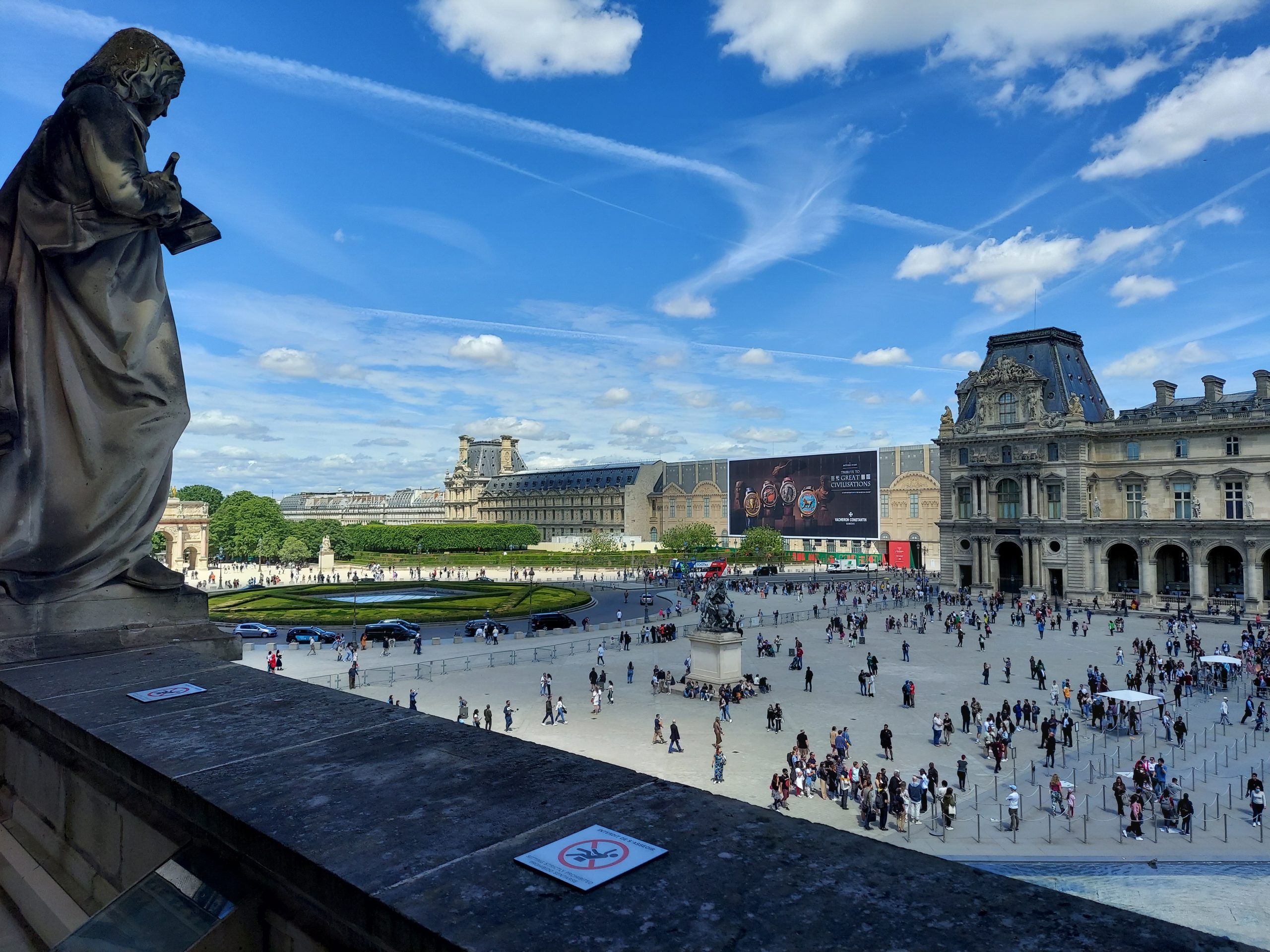
Despite many extensions and renovations, the Louvre has kept part of its collection in storage, which justified the opening of a second site in Lens, near the Belgian border. The Louvre has also agreed to give its name to a second branch, this one abroad: the Louvre Abu Dhabi museum in the United Arab Emirates.
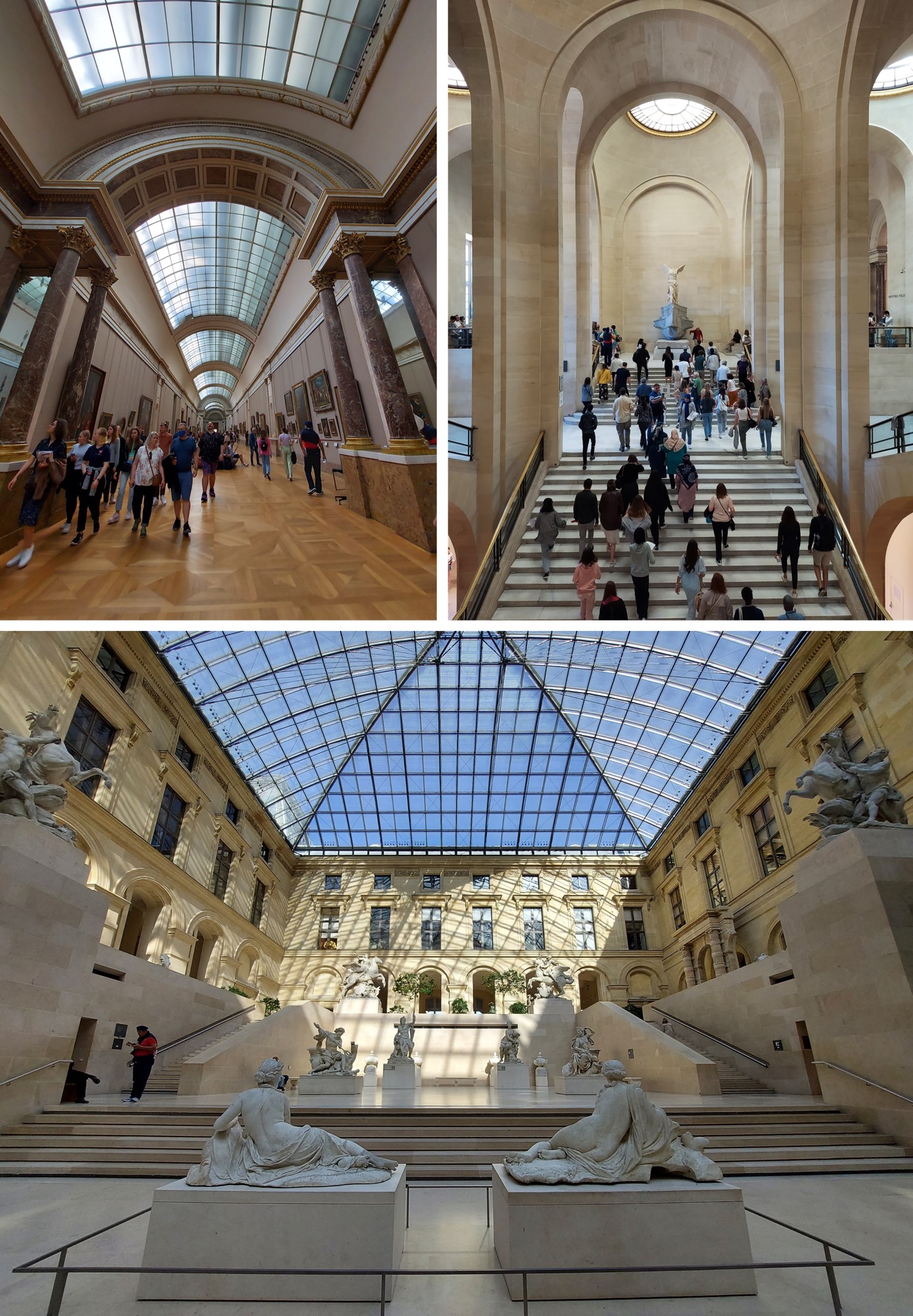
The Louvre Museum is a magnificent place with a monumental space, that can overwhelm the visitor. That is why, all those who have a special interest in knowing some of the great treasures of ancient civilizations, are the ones who will most enjoy this extraordinary experience. We end by sharing more photos of the works we enjoyed on our tour of the Louvre Museum. In no particular order are the Crown of Louis XV; The Marriage of Cana; Portrait of a Woman at the Court of Milan; The Blessed, a work by Caravaggio; Murillo’s Beggar Boy; del Greco, St. Louis, King of France and his page; Portrait of the Infanta Maria Teresa and Portrait of Queen Mariana of Austria, works by Velázquez; by Goya, Portrait of Mariana Waldstein, ninth Marquise of Santa Cruz; by Rembrandt, Self-Portrait with a Cloak and Portrait of Titus, son of the artist and the work Reading, by Renoir.
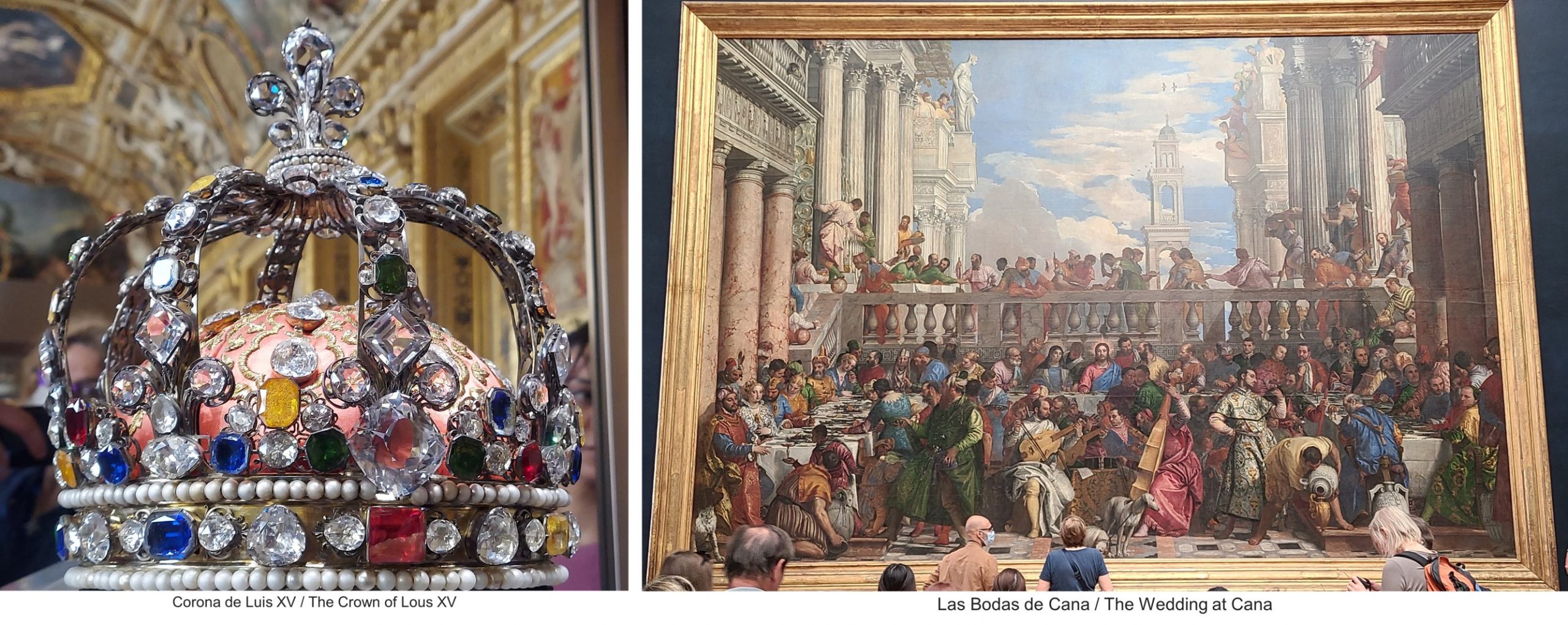
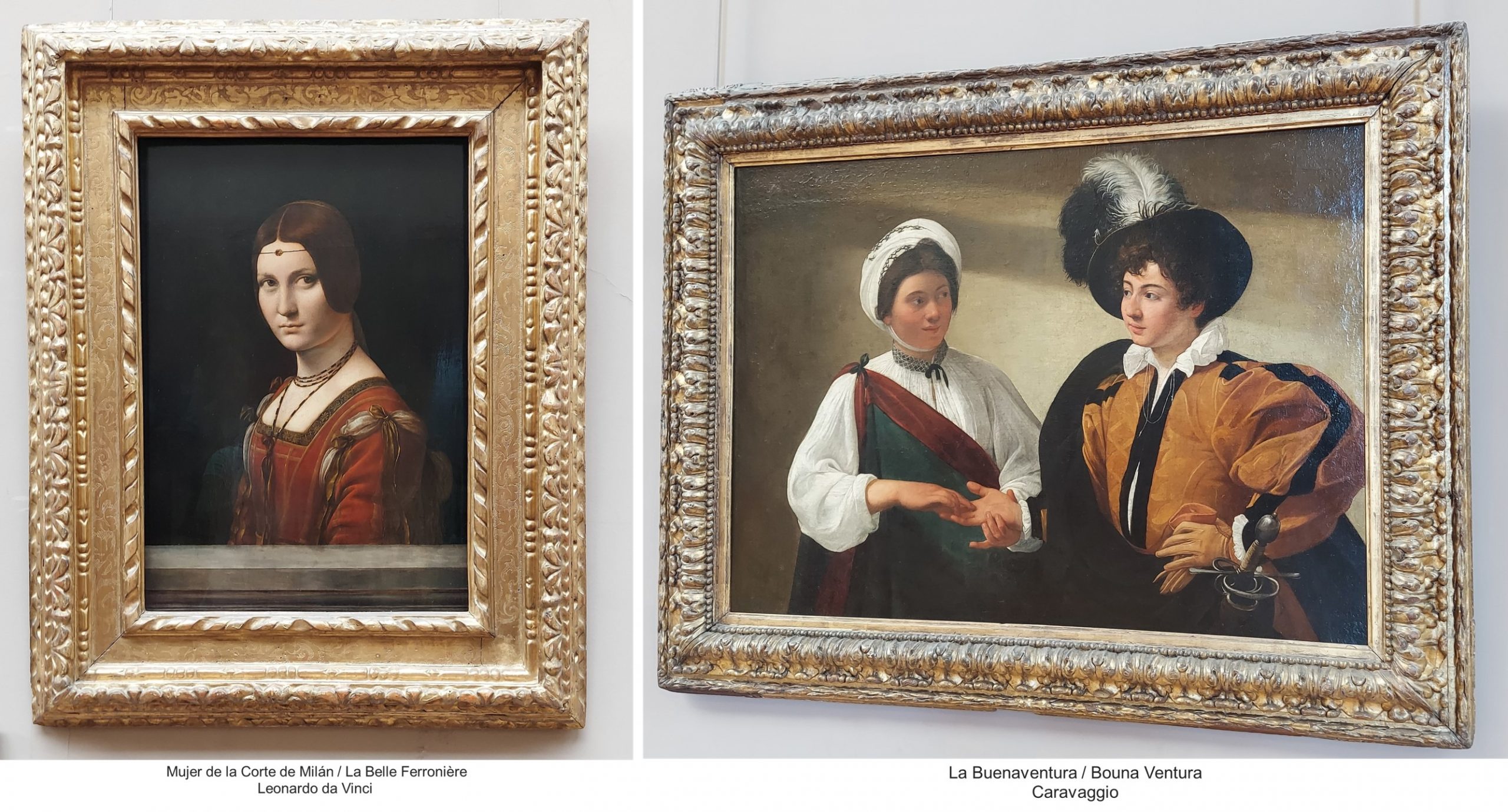
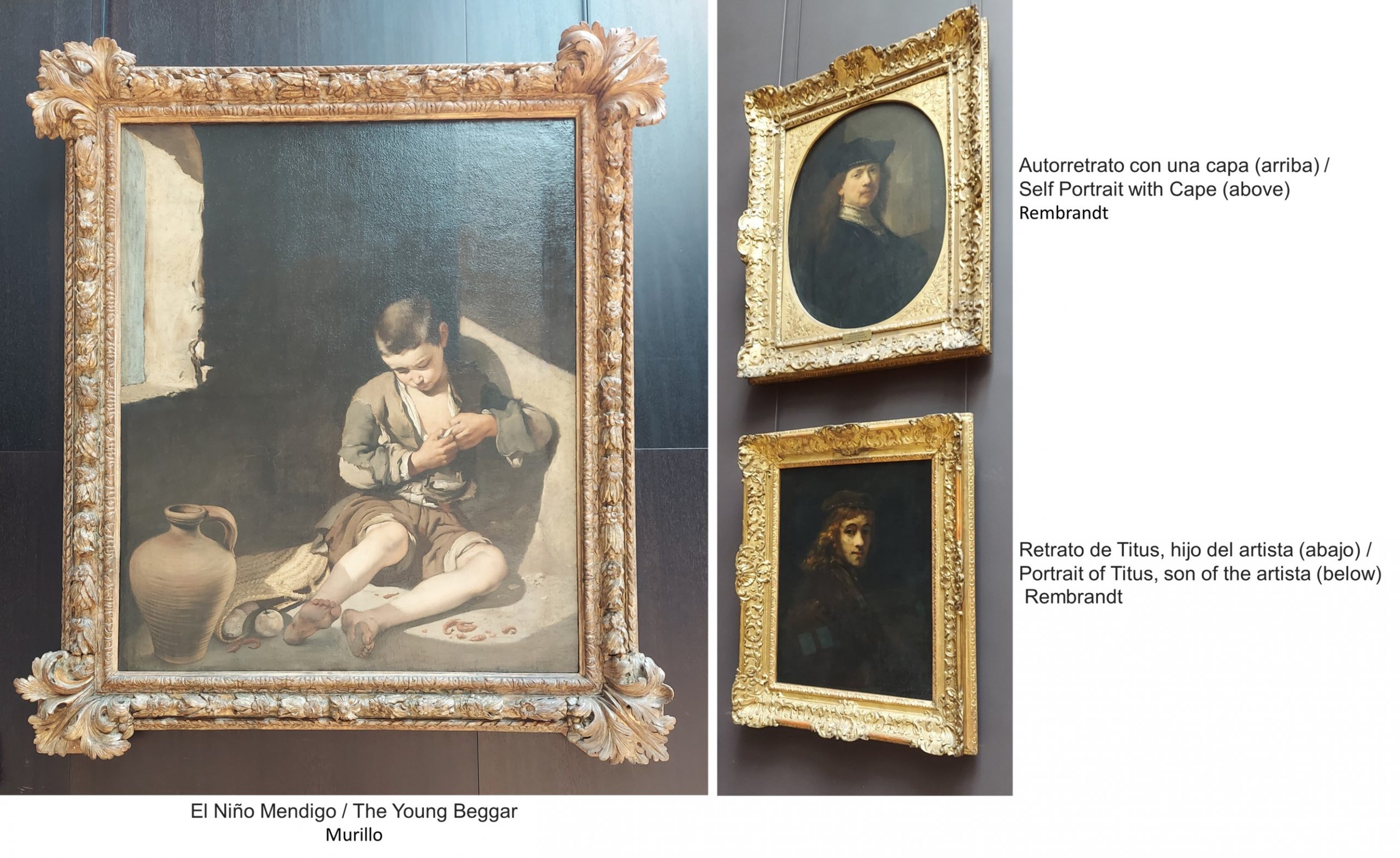
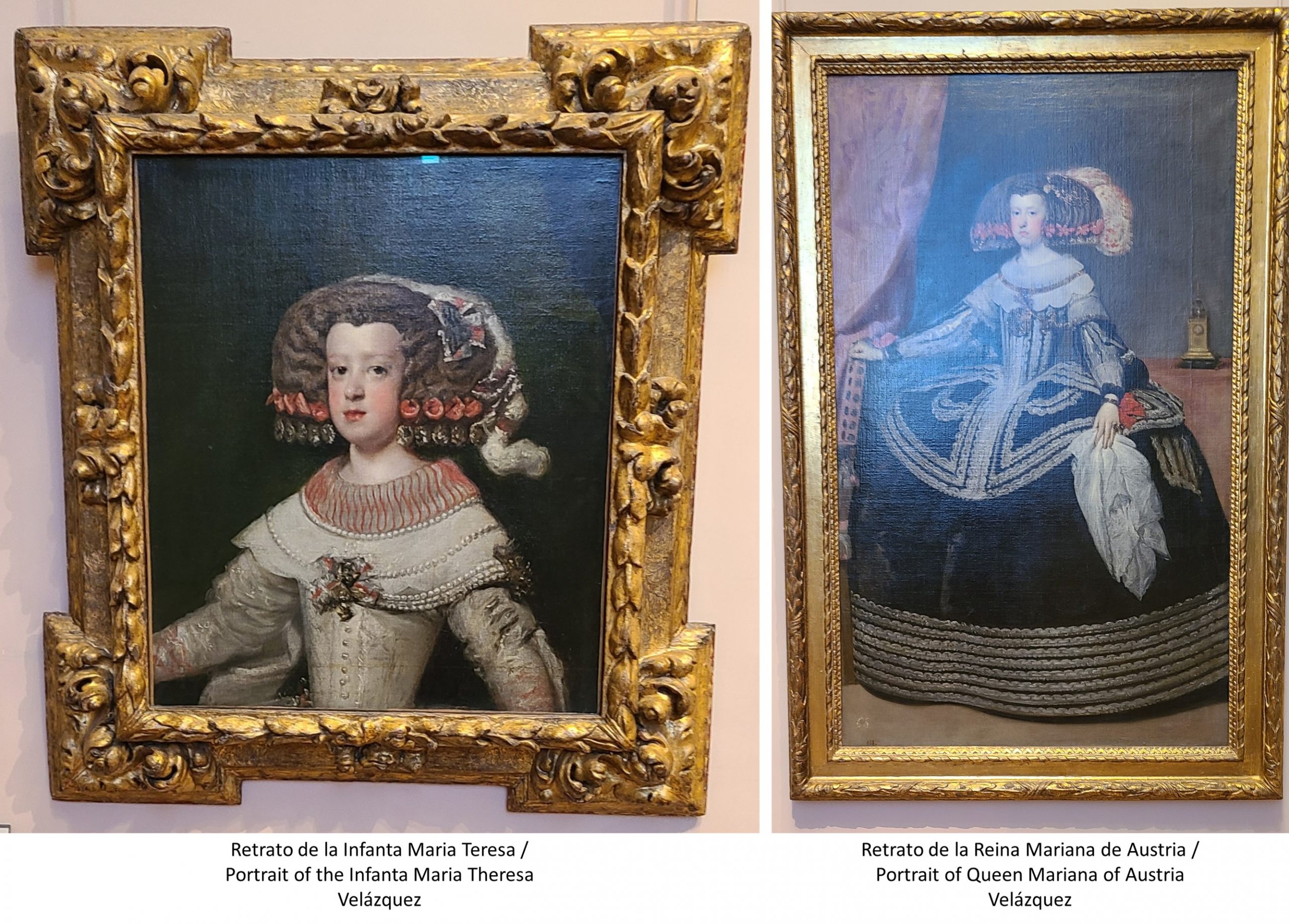

Resources:
https:// en.wikipedia.org/wiki/Museo_del_Louvre
https:// www.paris.es/museo-louvre
https:// www.parisando.com/louvre/
